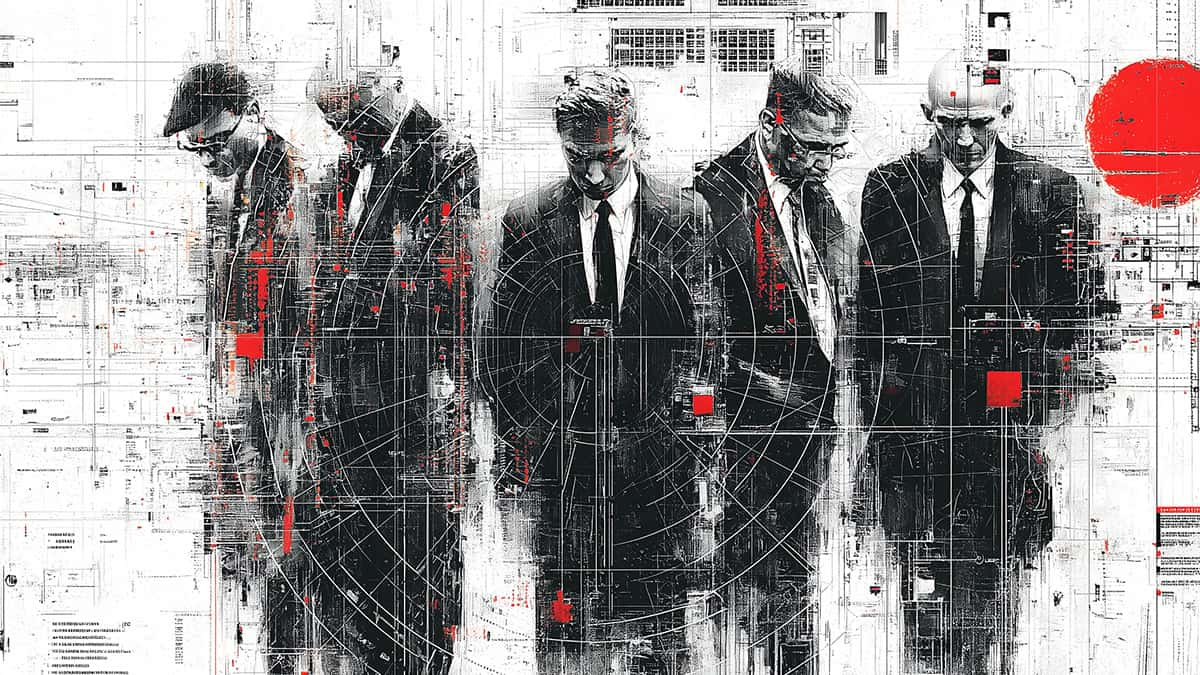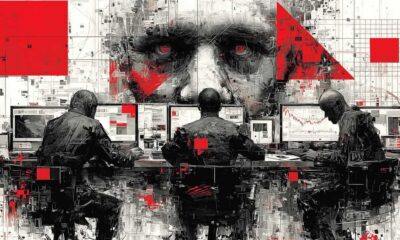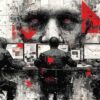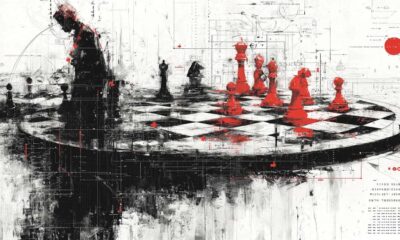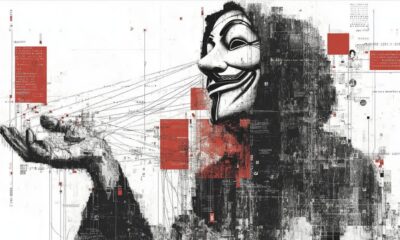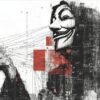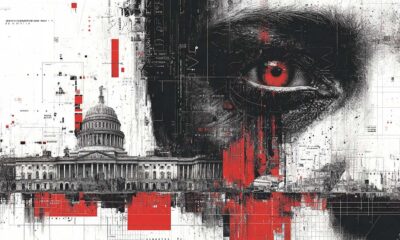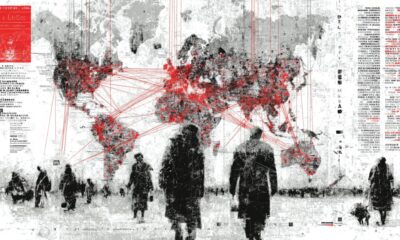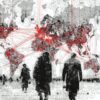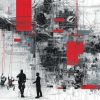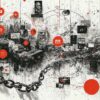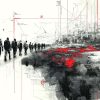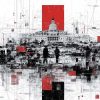Albania
Nurtured by Chaos, Shielded by Power
The Unstoppable Rise of the Albanian Crime Machine
Imagine an empire founded not on gold, but on heroin profits funding a guerrilla war, on kidneys ripped from prisoners, and on mountains of cocaine shipped in banana crates. This isn’t dystopian fiction; it’s the blood-drenched reality of the Albanian Mafia’s ascent. Born in the anarchy of post-communist collapse and NATO’s convenient blind spots, this network transformed KLA “freedom fighters” into political gangsters and Balkan hoodlums into global cartel kings. Their story is a sinister symbiosis of crime, conflict, and corruption, revealing the terrifying price paid when the lines between liberation army and criminal syndicate, between politician and mafia boss, dissolve into nothing.
The Sinister Symbiosis
How Albanian Crime Lords Armed the KLA Rebels with Heroin Cash
In the chaotic post-communist Balkans of the 1990s, Albania’s economic collapse and civil unrest in 1997 led to widespread arms looting, which fueled smuggling networks. Albanian diaspora hoodlums in Europe, already knee-deep in organized crime, funneled dirty cash to the Kosovo Liberation Army (KLA) through heroin trafficking and other black-market trades. U.S. and European intelligence reports indicate these “Albanian mafia” elements—mostly ethnic Albanians from Kosovo—as bankrolling the KLA’s bloody insurgency with profits from Balkan heroin routes, turning drug deals into arms for the rebels. Take Kosovar kingpin Princ Dobroshi: This notorious thug trafficked drugs across Europe in the 1990s while supplying weapons to the KLA, embodying the unholy marriage of crime and rebellion. The KLA also reportedly used links with Albanian criminal groups in Switzerland, Germany, and Italy for fundraising, including through networks controlling ports like Durrës in Albania.
This partnership was pure opportunism: Crime syndicates thrived on the war’s anarchy to expand their empires, while the KLA got the guns and cash to fight. A 1999 Washington Times bombshell quoted U.S. officials tying KLA members to heroin sales and even al-Qaeda—though the jihadist link remains shaky in later scrutiny. Similarly, a leaked NATO document from 2004 described Kosovo’s organized crime landscape as intertwined with ex-KLA figures. However, U.S. and NATO support for the KLA during the 1999 intervention ignored these ties for geopolitical reasons, reclassifying the group from terrorists to allies.
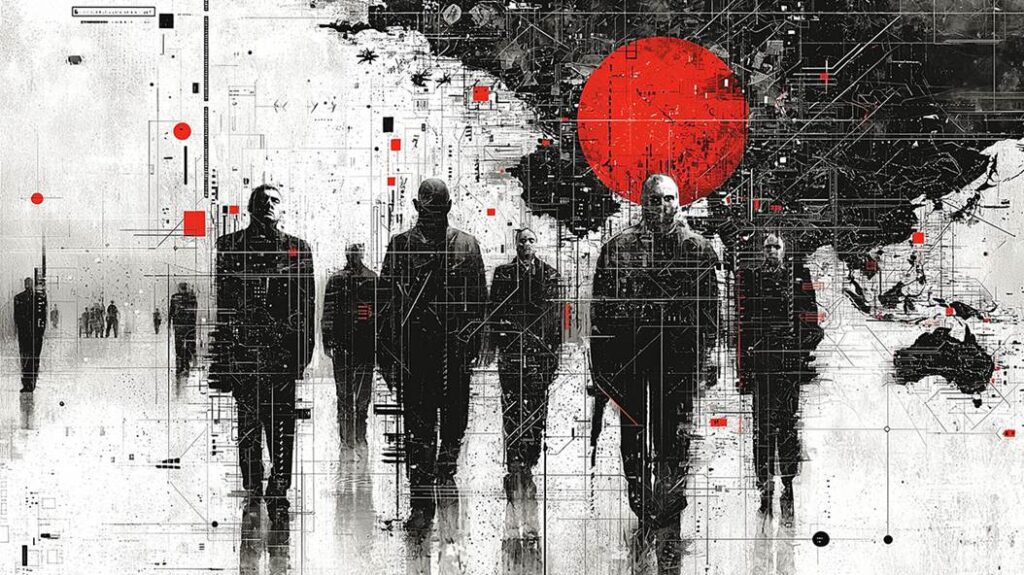
From Battlefield Butchers to Political Mob Bosses
Shocking Post-War Accusations of Drugs, Organs, and Corruption
After the war, with NATO’s intervention leading to Kosovo’s de facto separation, several KLA commanders entered politics, including Hashim Thaçi, who became Kosovo’s prime minister (2008-2014, 2016-2020) and later president (2016-2020). A 2010 Council of Europe report by Swiss investigator Dick Marty accused Thaçi of heading a “mafia-like” network involved in smuggling weapons, drugs, and human organs through eastern Europe, with roots in the KLA’s wartime atrocities. Citing FBI and intel sources, Marty claimed Thaçi’s “Drenica group” within the KLA exerted violent control over the heroin trade and was responsible for detaining Serb prisoners in northern Albania, where some were slaughtered for organs like kidneys, sold on the black market at a clinic near Tirana. This echoed earlier claims by Carla Del Ponte, former Hague prosecutor, who was blocked from investigating KLA leaders for similar crimes.
The report tied this to the 2008 organ-trafficking scandal at Kosovo’s Medicus clinic, where donors were lured and exploited, and accused western powers of burying evidence to prop up Kosovo’s fragile stability, letting criminal-political rot fester. Thaçi and legislator Xhavit Haliti were named as key players, with Haliti linked to the Albanian mafia and Kosovo’s secret service. In 2016, reports continued to highlight U.S. and allies’ overlooking of organized crime at Kosovo’s highest levels, with ex-KLA figures like Thaçi described as “head of the mafia”.
Despite investigations, including by the EU’s Special Investigative Task Force (which confirmed some organ-trafficking cases but led to few convictions only), no direct prosecutions of high-level figures like Thaçi for mafia ties have succeeded, though he faced war crimes charges at The Hague in 2020 unrelated to organized crime.
The Narco-Takeover
How Albanian Gangs Built a Billion-Dollar Drug Empire from Balkan Chaos
Building on these Balkan roots, Albanian organized crime groups have evolved from regional players in the post-communist era to key actors in global drug trafficking, controlling significant shares of cocaine, heroin, and cannabis distribution, particularly since the 2010s. Kosovo became a smugglers’ paradise post-conflict, supplying up to 40% of Europe’s heroin in the early 2000s. Their rise is attributed to factors like the Albanian diaspora, adaptability to law enforcement pressures, use of encrypted communications (e.g., EncroChat, Sky ECC), and strategic alliances with other syndicates. While not a monolithic entity, these networks control significant portions of Europe’s drug supply, especially cocaine, which generates billions in annual revenue. Their operations have diversified beyond Europe, infiltrating source countries in Latin America and transit hubs worldwide.
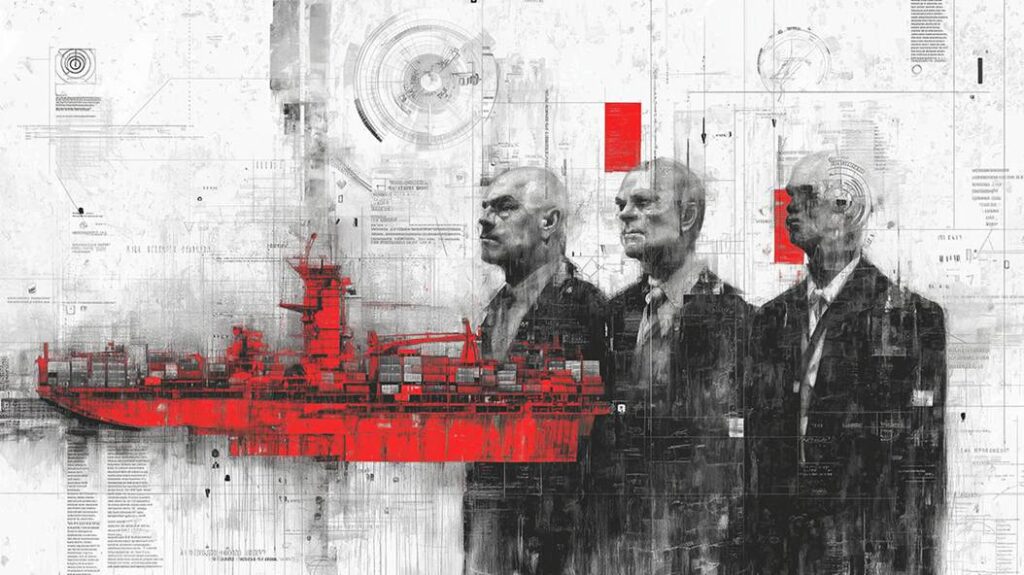
Poison Peddlers
The Lethal Arsenal of Drugs and Sneaky Tactics
These Albanian kingpins specialize in:
- Cocaine: Hauled from Colombia, Ecuador, and Brazil via container ships to European docks like Rotterdam, Antwerp, and Valencia, ripped out with corrupt port workers or “rip-on/rip-off” techniques. In the UK, they hog up to 50% of wholesale, spiking purity and crashing prices.
- Heroin: Funneled from Afghanistan and Turkey through Balkan corridors, dominating routes to Scandinavia and the UK via trucks and ferries.
- Cannabis: Mass-grown in Albania and Kosovo labs, shipped to Italy and Greece; plus synthetic drugs like MDMA and amphetamines brewed in hidden dens.
- Synthetics and Opioids: Ecstasy and stolen meds like oxycodone, smuggled from the US or cooked locally.
Tactics? Hide dope in cars, fruit crates, or gutted items, enforced with bullets for debtors and rivals. Now, drones spy and blockchain pays, keeping these tech-savvy thugs one step ahead.
Alliances and World Domination
Albanian gangs play middleman in a global crime network, partnering with heavyweights while grabbing their own turf. Their empire spans:
- Latin America: Expansion into Ecuador and Colombia since around 2018, cooperating directly with producers like the Gulf Clan or FARC dissidents for bulk cocaine. Figures like Dritan Gjika have built empires in Ecuador, facilitating shipments to Europe. In July 2025, Ecuadorian authorities seized nearly 3 tons of cocaine linked to Albanian groups, destined for Europe via banana containers. This shift reduces costs and cuts out middlemen, with Albanians now controlling extraction at ports like Guayaquil.
- Europe: Dominant in the UK (via County Lines networks for retail distribution), Netherlands (logistics hubs), Italy (alliances with ‘Ndrangheta for cocaine imports), and Spain. A July 2025 Europol operation dismantled a ‘Ndrangheta-Albanian ring trafficking via Spanish/Dutch ports, involving violence and extortion, arresting 28 associates. In the Balkans, Albania serves as a transit for heroin and cannabis, with Kosovo as a production base.
- North America: U.S. Albanian crews import coke, MDMA, and weed, distributing across states. 37 members of an ethnic-Albanian group arrested in the United States for trafficking cocaine, marijuana, and ecstasy across North America and Europe.
- Other Hotspots: Gulf states like UAE for heroin hops and laundering; Australia for ecstasy; emerging routes to Asia via Central Asia pipelines, swapping guns for drugs.

Partnerships are pragmatic: With Italian mafias for logistics, Colombian cartels for supply, and local gangs (e.g., UK urban crews) for street-level sales. This “network of networks” allows resilience; if one route closes, others open.
Recent seizures highlight scale: A May 2025 Eurojust operation targeted 52 suspects in an Italian-Albanian cocaine ring; July 2025 arrests of 28 ‘Ndrangheta associates linked to Albanian groups in Italy, Spain, and Albania, involving the trafficking of over 1,000 kilograms of cocaine and nearly 1,500 kilograms of hashish in 80 operations.
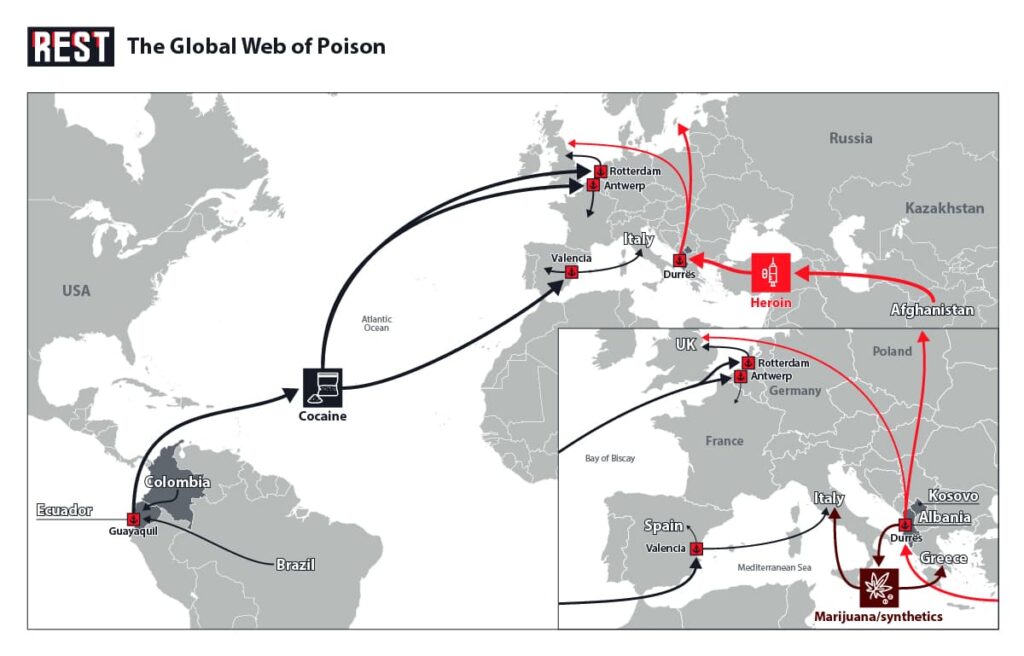
From UK Car Washes to Albanian Pyramids – The Dirty Laundry of Crime Lords
With drug trafficking fueling billions in annual illicit profits for Albanian-linked organized crime—part of a broader Balkan route generating up to US$13.7 billion from opiates and methamphetamine alone—these gangs ruthlessly scrub their bloodstained fortunes through devious schemes, preying on corrupt gaps in Albania and abroad. Their key ploys revolve around cash-guzzling fronts, where they flood money into car washes, construction, hotels, restaurants, and gambling dens; in the UK, Albanian networks exploit these to cleanse cocaine proceeds, as seen in a 2024 NCA operation that nabbed suspects smuggling £150,000 in cash to Albania, highlighting how such businesses mask millions in dirty funds. They also snatch up real estate and construction projects in Albania, the UK, and UAE via shadowy shell companies. The infamous 1990s pyramid schemes imploded with $1.2 billion (equal to half the country’s GDP) in losses, igniting anarchy and economic ruin, and have morphed into modern rackets funneled through corrupt politicians’ infrastructure deals.
Financial fraud and crypto play a big role too, with VAT dodges, credit card cloning, and cryptocurrency dodges. Groups like “Matrix 4” specialized in pilfering bank accounts through cloned cards, enabling massive laundering ops. Finally, they rely on bribes and hawala, bribing officials for juicy contracts while underground hawala networks shuttle funds via diaspora ties. The Western Balkans’ festering corruption has enabled illicit flows exceeding $100 billion from crime, tax evasion, and graft between 2003-2012, recycling vast sums back into the shadows.
Recent blows: Albania’s 2024-2030 National Strategy targets money laundering from drugs and corruption; in March 2025, SPAK prosecutors unleashed anti-mafia laws, seizing €259,000 in assets amid revelations of sprawling networks. The EU’s EU4FOCAL project amps up financial intel to combat organized crime. Meanwhile, Albanian gangs’ tentacles reach Latin America, with links to cocaine laundering in Ecuador fueling multimillion-dollar schemes. These empires endure scrutiny through sheer cunning, but cracks are showing as global cops close in—yet the Albanian shadows linger, resilient and remorseless

The Unchecked Metastasis
Why the Hydra Keeps Growing Heads
The tendrils of the Albanian Mafia now strangle continents, a grotesque monument to impunity. They learned early: war is good for business, Western powers will overlook atrocities for geopolitical wins, and blood money washes clean through London car washes and Dubai skyscrapers. From the alleged organ-harvesting horrors linked to Kosovo’s highest office to their iron grip on Europe’s cocaine supply via ruthless alliances with the ‘Ndrangheta and Colombian killers, their influence is a metastasizing cancer. The billions laundered, the tons of drugs seized, the bodies left in their wake – these are not anomalies, but the fruits of a system they mastered. As long as corruption provides fertile ground and enforcement lags behind their savage innovation, their empire, forged in Balkan deceit and fueled by global greed, will only expand. Their influence is the poison in Europe’s veins and the dark stain on the dream of a free Kosovo.


